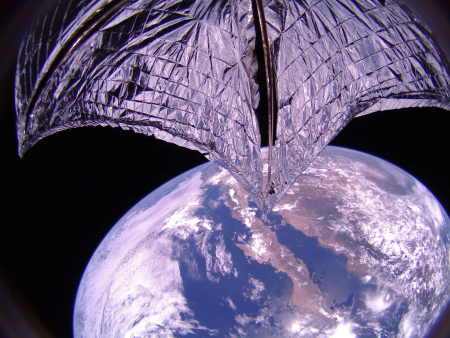Bezos sells another $1.8 billion in Amazon stock
Capitalism in space? Jeff Bezos last night sold just under a million shares of his Amazon stock, earning in cash an estimated $1.8 billion.
Unlike a similar sale of stock by Bezos last April, there is no statement from Bezos about what he intends to use the money for. Then Bezos made it clear that he intended to periodically sell his stock to raise money for Blue Origin and its various space ventures. Today’s sale was the third since he said this, with total earnings from all three sales totaling about $4 billion, and all are likely aimed at funding that space company.
I might have increasing concerns about Blue Origin because of what appears to be a stalled rollout of New Shepard and New Glenn, but with deep pockets such as this, it would be surprising if the company fails to achieve its goals.
Capitalism in space? Jeff Bezos last night sold just under a million shares of his Amazon stock, earning in cash an estimated $1.8 billion.
Unlike a similar sale of stock by Bezos last April, there is no statement from Bezos about what he intends to use the money for. Then Bezos made it clear that he intended to periodically sell his stock to raise money for Blue Origin and its various space ventures. Today’s sale was the third since he said this, with total earnings from all three sales totaling about $4 billion, and all are likely aimed at funding that space company.
I might have increasing concerns about Blue Origin because of what appears to be a stalled rollout of New Shepard and New Glenn, but with deep pockets such as this, it would be surprising if the company fails to achieve its goals.

